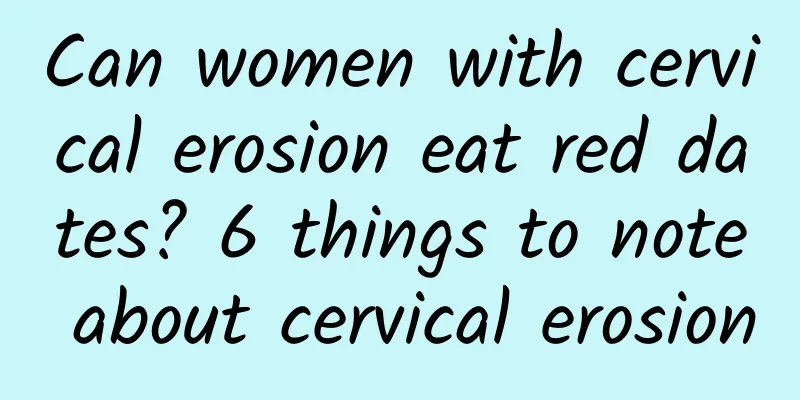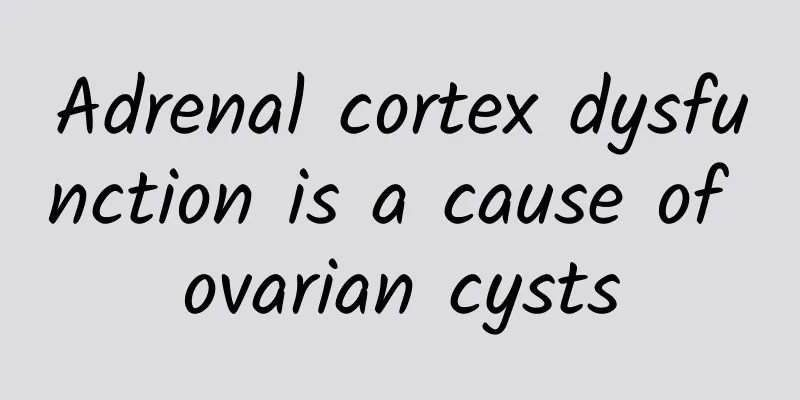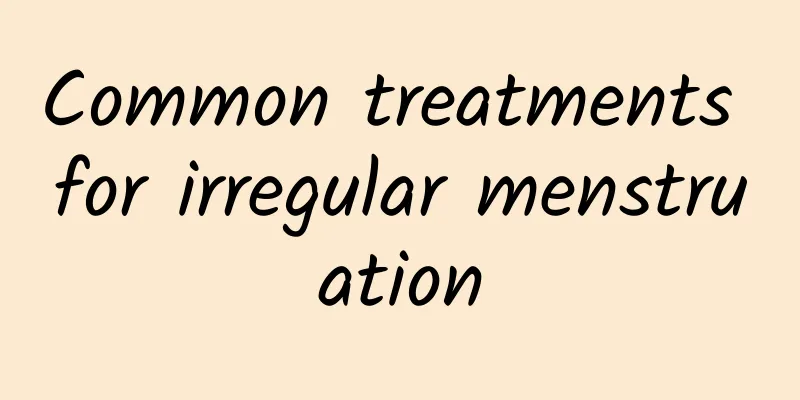Pregnancy complicated by ovarian cysts is a cause for concern

|
Jiali is 25 years old and will soon be a mother. In fact, Jiali was admitted to the hospital one week before her due date. It turned out that when she was 7 months pregnant, she was diagnosed with ovarian cysts. Because she did not have any obvious symptoms at the time, she did not take any treatment measures. So she was admitted to the obstetrics department for amenorrhea at 39 weeks and ovarian cysts. Physical examination after admission: body temperature 37.1℃, pulse 78 times/min, respiration 18 times/min, blood pressure 120/80mmHg, normal development, moderate nutrition, no anemia, regular menstruation, no history of dysmenorrhea. Obstetric situation: full-term pregnancy, uterine height 26cm, abdominal circumference 98cm, fetal position longitudinal, fetal heart rate 140 times/min, fetal head connected, cervical soft, no uterine contraction, good pelvic condition, head and pelvis symmetry, vaginal delivery can be performed. There is a fist-sized cystic mass next to the uterus in the right lower abdomen, and B-ultrasound indicates ovarian cysts. After consultation, a corresponding treatment plan was formulated, and the attending physician told her to wait for delivery at ease and not to worry too much. Surgery was arranged for her 4 days later. First, under ultrasound guidance, the cyst was punctured and fluid was extracted, and then 98% ethanol solution was injected for treatment. Half an hour after this treatment, regular uterine contractions were successfully induced. 11 hours later, the patient delivered a baby girl vaginally, weighing 3.1 kg, and both mother and baby were safe. The patient recovered well after delivery and no recurrence of ovarian cyst was observed during the 2-year follow-up. Pregnancy complicated by ovarian cysts is not uncommon in clinical practice. For patients with full-term pregnancy, small fetus and good pelvic condition, vaginal delivery can be considered. However, the presence of ovarian cysts can easily lead to obstructive dystocia. Therefore, the cyst fluid should be aspirated before delivery to eliminate obstacles. Ultrasound-guided puncture and fluid extraction and injection of sclerosing agent to treat ovarian cysts are simple to operate and have a high safety factor. Ultrasound monitoring can avoid puncturing the cyst wall or even accidentally injuring the fetus. While treating, it can induce regular uterine contractions, start labor, and finally successfully complete delivery. |
<<: Functional ovarian cysts can cause precocious puberty in children
>>: Treatment of Dysmenorrhea due to Qi Stagnation and Blood Stasis
Recommend
A thin face depends on "guts"! 6 Korean massage techniques
The essence of the effective Korean face-slimming...
What should women do if their ovaries are not functioning well? Eat these foods to maintain your ovaries
The ovaries play an important role in secreting e...
What are the reasons for delayed menstruation?
Delayed menstruation is a common clinical symptom...
How to take care of yourself when you have pelvic inflammatory disease
Pelvic inflammatory disease is an issue that wome...
Don’t underestimate the side dishes! Edamame has a way to metabolize fat
When you dine at a restaurant or noodle shop, don...
What Chinese medicine should be used to prevent recurrence after chocolate cyst removal?
What Chinese medicine should be used to prevent r...
How to care for pelvic inflammatory disease
The abdominal pain of pelvic inflammatory disease...
What are the common types of vaginitis?
What are the common types of vaginitis? Experts s...
What causes endometrial tuberculosis?
Endometrial tuberculosis can affect women's p...
Can excessive soy milk cause infertility? Doctor: Moderate intake has many benefits
Foreign media reported that animal experiments on...
Is hyperprolactinemia dangerous?
Hyperprolactinemia is a relatively common disease...
What are the main symptoms of uterine fibroids?
Early detection of symptoms of uterine fibroids i...
What are the advantages and disadvantages of medical abortion and surgical abortion?
When it comes to the two ways of abortion, medica...
How effective is microwave treatment for cervicitis? Pay attention to these matters when using microwave treatment for cervicitis
The so-called cervicitis is actually cervical ero...
Let's analyze and introduce the symptoms of primary dysmenorrhea
Don't panic after suffering from primary dysm...









